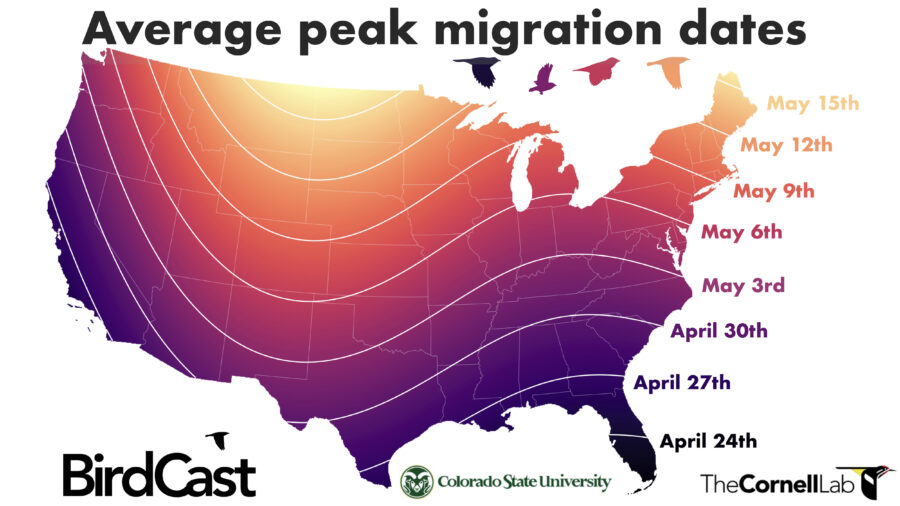by Jim Knickelbine, volunteer
In the 1970’s, when I was a student at Roncalli, I was formally introduced to bird watching by my wonderful biology teacher, Sister Verna Osterhout. I grew up in the country and was familiar with the birds on the hobby farm where we lived. My mom always had a bird feeder and kept binoculars and a field guide on the windowsill, and we often talked about the birds that visited.

In high school, we had Nature Club. Once each week, we went out to different locales to explore wildlife – down to the harbor in Manitowoc to identify gulls, Collins Marsh to look for ducks, and various local parks for songbirds, wildflowers, or whatever we could find. Sister Verna remains to this day the most enthusiastic person I have ever accompanied on a birding trip, and she taught us so much. Then, I attended UW-Manitowoc and met Charles Sontag, whose knowledge of birds is exemplary, and from whom I learned much and continue to do so. And then I met and birded with Bernie Brouchoud, founder of Woodland Dunes.
Over the years, I’ve made many local birding trips. Each year, spring brings anticipation for the arrival of familiar migrating species and then the joy of seeing them as they turn up. On our Nature Club trips, we would progress from scoping the snowy wastelands to driving the flooded roads of Collins and Killsnake in late March. In April, we’d look for ducks after aching for the return of neotropical birds like warblers, orioles, and hummingbirds.
On May 15, or close to it, we would sometimes do a “Big Day”- birding all day with the goal of seeing 100 species. On good days, parks such as Silver Creek City Park or Silver Lake County Park would be full of birds. I remember branches of the honeysuckles at Silver Lake along the creek just dripping with warblers. One could just sit at a picnic table and count off many species without having to walk around. I remember trips there vividly, including unusual finds like cerulean and prothonotary warblers in the trees.
Mid-May was the golden time. Bernie would always take off from work on his birthday, May 18, to spend the day scouring the habitats at Woodland Dunes to see how many species he could find in one day just within the preserve. I went with him a few times – the last one yielded 115 species by sunset, the last species being black-crowned night herons in the marsh at Cattail Trail. Such days were exhilarating and exhausting at the same time.
Things seem to be changing, though. It’s still possible to see the birds, but it isn’t quite the same. We’ve learned that there are fewer birds than there were 50 years ago, about a third fewer. Every year is different as to the way birds migrate, but overall, I think there are fewer places that yield the abundance of birds that I experienced back then. It still seems possible to find most of the species that occur here, but in my opinion, it’s harder to find as many in one place most of the time.
Also, migration seems to be shifting earlier in spring- now early May is considered the peak of migration in our part of Wisconsin, rather than mid-May as it was in the past. Whether or not that is good or bad for birds I don’t know, but some who study birds are alarmed. A concern is that a warmer climate causes insects to hatch earlier in spring, and insects feed many of the migrating birds. If migrants miss their peak food abundance, they might not be as healthy when they reach their nesting destinations.
Those of us who care about birds have to hope that they are able to adapt to a changing world and certainly protect the places they need. Places like Woodland Dunes, where wildlife is cherished and nurtured. Places which birds can depend on in the face of uncertainty.
graphic from Cornell Lab
